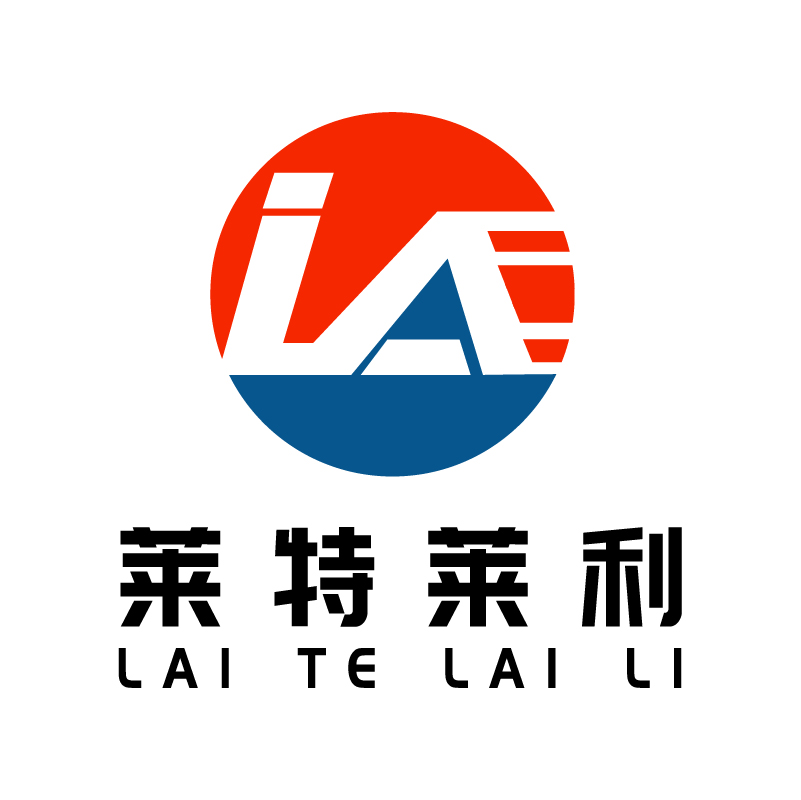How to choose carbon belt
When choosing a carbon strip, several factors need to be considered to ensure that the selected carbon strip meets your specific needs. Here are some key points to choose from:
1. Determine the printing requirements
Print material: First identify the material of the label or paper to be printed, because different materials require different types of carbon strips. For example, printing on polyethylene (PE), polypropylene (PP) and other materials may require the use of special resin carbon strips.
Print content: Select the carbon strip according to the printed content. If you need to print high quality bar codes, text and images, you should choose a high resolution carbon strip.
Printing amount: Consider the size of the printing amount in order to choose the appropriate carbon strip length and type to avoid waste.
2. Carbon belt type
Wax-based carbon strip: This is the most affordable type of carbon strip and is mainly composed of wax and a certain percentage of resin. It is suitable for ordinary paper labels and simple printing needs, but is less resistant to scratches and chemicals.
Mixed base carbon strip: More resin components are added to the wax base, so it has better scratch resistance and chemical resistance. It is suitable for applications requiring moderate durability.
All-resin-based carbon strip: provides the highest level of durability, resistant to extreme temperatures, chemicals and friction. It is suitable for labels that need to be stored for a long time or used in harsh environments.
3. Durability
Considering the service life and environment of the label, choose a carbon strip with enough durability to ensure that the printed content is clearly readable for a long time.
4. Scratch resistance and solvent resistance
If the printed label needs frequent friction or contact, a carbon strip with high scratch resistance should be selected.
If the label needs to be exposed to chemical solvents or cleaners, it should choose a carbon belt with good solvent resistance.
5. Printer compatibility
Choose a carbon strip that is compatible with your thermal transfer printer to ensure print quality and results. Different brands and models of printers may have different requirements for carbon strips.
6. Cost consideration
On the premise of meeting the printing needs, choose cost-effective carbon belts to avoid unnecessary waste. At the same time, considering the service life of the carbon belt, choosing a higher quality carbon belt may mean that it does not need to be replaced for a longer period of time, thus saving costs.
7. Sample test
Before large-scale use, sample testing can be done to determine if the carbon strip meets your printing requirements and application needs. This helps to avoid the loss caused by the selection of unsuitable carbon bands.
8. Brands and suppliers
Choose well-known brands of carbon belt and reliable suppliers, which can ensure product quality and after-sales service support. Well-known brands usually have better market reputation and higher product quality standards.
In a word, several factors need to be considered when selecting carbon strips, including printing requirements, type of carbon strip, durability, scratch and solvent resistance, printer compatibility, cost, and brand and supplier. By taking these factors together, you can choose the carbon strip that best suits your needs. When choosing a carbon strip, several factors need to be considered to ensure that the selected carbon strip meets your specific needs. Here are some key points to choose from:
1. Determine the printing requirements
Print material: First identify the material of the label or paper to be printed, because different materials require different types of carbon strips. For example, printing on polyethylene (PE), polypropylene (PP) and other materials may require the use of special resin carbon strips.
Print content: Select the carbon strip according to the printed content. If you need to print high quality bar codes, text and images, you should choose a high resolution carbon strip.
Printing amount: Consider the size of the printing amount in order to choose the appropriate carbon strip length and type to avoid waste.
2. Carbon belt type
Wax-based carbon strip: This is the most affordable type of carbon strip and is mainly composed of wax and a certain percentage of resin. It is suitable for ordinary paper labels and simple printing needs, but is less resistant to scratches and chemicals.
Mixed base carbon strip: More resin components are added to the wax base, so it has better scratch resistance and chemical resistance. It is suitable for applications requiring moderate durability.
All-resin-based carbon strip: provides the highest level of durability, resistant to extreme temperatures, chemicals and friction. It is suitable for labels that need to be stored for a long time or used in harsh environments.
3. Durability
Considering the service life and environment of the label, choose a carbon strip with enough durability to ensure that the printed content is clearly readable for a long time.
4. Scratch resistance and solvent resistance
If the printed label needs frequent friction or contact, a carbon strip with high scratch resistance should be selected.
If the label needs to be exposed to chemical solvents or cleaners, it should choose a carbon belt with good solvent resistance.
5. Printer compatibility
Choose a carbon strip that is compatible with your thermal transfer printer to ensure print quality and results. Different brands and models of printers may have different requirements for carbon strips.
6. Cost consideration
On the premise of meeting the printing needs, choose cost-effective carbon belts to avoid unnecessary waste. At the same time, considering the service life of the carbon belt, choosing a higher quality carbon belt may mean that it does not need to be replaced for a longer period of time, thus saving costs.
7. Sample test
Before large-scale use, sample testing can be done to determine if the carbon strip meets your printing requirements and application needs. This helps to avoid the loss caused by the selection of unsuitable carbon bands.
8. Brands and suppliers
Choose well-known brands of carbon belt and reliable suppliers, which can ensure product quality and after-sales service support. Well-known brands usually have better market reputation and higher product quality standards.
In a word, several factors need to be considered when selecting carbon strips, including printing requirements, type of carbon strip, durability, scratch and solvent resistance, printer compatibility, cost, and brand and supplier. By taking these factors together, you can choose the carbon strip that best suits your needs.



